Creating a daily planner is not just a simple act of organization; it’s a transformative skill for enhancing productivity and achieving your goals. This comprehensive guide will explore the multifaceted art of how to make a daily planner, providing you with invaluable tips and insights to design a planner that perfectly aligns with your lifestyle and ambitions.
Understanding the Importance of a Daily Planner
In today’s fast-paced world, juggling work, personal commitments, and leisure activities can be a daunting task. It’s easy to feel overwhelmed and lose track of your priorities. This is where a daily planner comes into play, offering a wide range of benefits that can significantly improve the quality of your life.
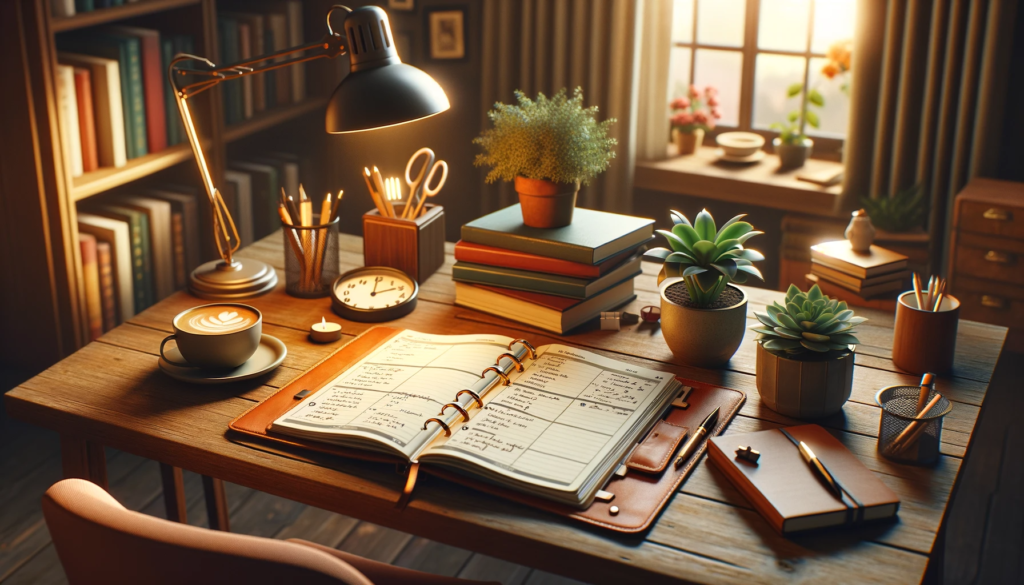
1. Improve Time Management
One of the primary advantages of using a daily planner is better time management. By allocating specific time slots for tasks and activities, you create a structured framework for your day. This structure reduces procrastination and increases your productivity. When you know what needs to be done and when you’re less likely to waste time on unimportant or less urgent matters,.
2. Set and Achieve Goals
A daily planner is not just a place to jot down appointments and to-do lists; it’s a tool for setting and achieving your goals. Breaking down long-term objectives into manageable daily actions makes them more achievable. Each day, you can focus on taking small steps toward your larger aspirations. This incremental progress builds momentum and brings you closer to your dreams.
3. Enhance Focus
In today’s digital age, distractions are everywhere. Social media, emails, and unexpected interruptions can derail your productivity. Your daily planner acts as a constant reminder of your daily priorities. By referring to it regularly, you can stay on track and minimize distractions that might otherwise pull you away from your important tasks.
4. Reduce Stress
The feeling of being overwhelmed by numerous tasks and responsibilities can lead to stress and anxiety. Using a daily planner allows you to organize your tasks systematically. You can prioritize your to-do list, ensuring that the most critical tasks are addressed first. This organization reduces the anxiety of overlooking essential duties, providing you with a sense of control and peace of mind.
5. Track Progress
Your daily planner can serve as a reflective tool for assessing your achievements and identifying areas for improvement. As you check off completed tasks, you gain a visual representation of your progress. This sense of accomplishment can boost your self-esteem and motivation. Moreover, it helps you recognize patterns in your daily routine, allowing you to make the necessary adjustments to optimize your productivity and well-being.
In conclusion, a daily planner is not just a notebook filled with dates and tasks; it’s a powerful tool that can transform your life. It empowers you to manage your time effectively, set and achieve your goals, maintain focus, reduce stress, and track your progress. By making the daily planner a part of your routine, you’ll unlock the potential to lead a more organized, productive, and fulfilling life. So, whether you’re a student, a professional, or simply someone looking to bring more structure into your life, consider embracing the habit of using a daily planner; the benefits are bound to be remarkable.
How many different types of planners are there?
Selecting the right type of planner is a crucial step in the process of creating a daily planner that suits your needs and preferences. Each type of planner offers unique advantages, and your choice should align with your lifestyle and personal preferences. Let’s explore the various types of planners in more detail:
1. Paper Planners
Paper planners are the traditional choice and provide a tangible, hands-on experience. Here are some reasons why you might opt for a paper planner:
- Creative Freedom: Paper planners allow you to express your creativity through handwritten notes, drawings, and decorations. Many people find this aspect of paper planning enjoyable and therapeutic.
- Reduced Screen Time: In an increasingly digital world, paper planners offer a break from screens and help reduce eye strain and the temptation of digital distractions.
- Personal Connection: The tactile nature of paper planners can create a stronger sense of personal connection with your schedule and goals.
- No Battery Dependency: You don’t need to worry about battery life or technical glitches; your paper planner is always ready when you are.
However, paper planners may have limitations when it comes to syncing with digital calendars or setting automated reminders.
2. Digital Planners
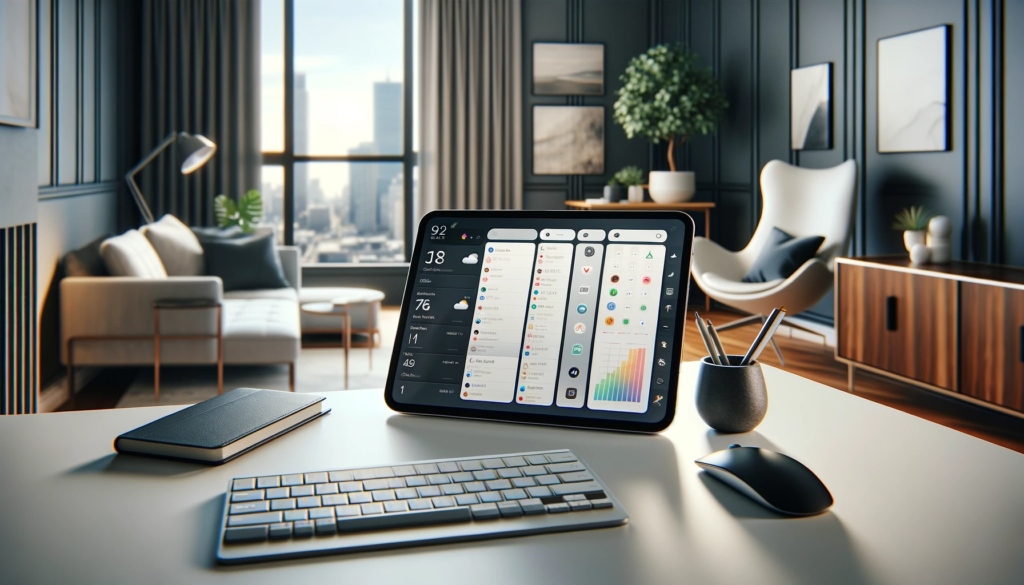
Digital planners have gained popularity in recent years, thanks to their convenience and flexibility. Here’s why you might choose a digital planner:
- Accessibility: You can access your digital planner on various devices, including smartphones, tablets, and computers. This accessibility allows you to check and update your planner wherever you are.
- Integration: Digital planners often integrate with other applications and tools, such as email and calendar apps. This makes it easier to manage your entire digital life in one place.
- Reminders: Digital planners can send you automated reminders and notifications for important events, tasks, and appointments.
- Search and Organization: Digital planners offer robust search and organizational features, making it easy to find past entries and stay organized.
However, some people find that the lack of physicality in digital planners diminishes the personal connection and creativity that paper planners offer.
3. Hybrid Planners
Hybrid planners aim to bridge the gap between paper and digital planning, offering the best of both worlds. Here’s why you might consider a hybrid planner:
- Tactile Experience: Like paper planners, hybrid planners often include physical pages for writing and drawing, providing a tactile experience.
- Digital Convenience: They also incorporate digital elements, such as syncing with digital calendars and providing reminders.
- Flexibility: You can choose to use the paper or digital features as needed, allowing you to adapt your planner to different situations.
Ultimately, the choice between paper, digital, or hybrid planners depends on your personal preferences, lifestyle, and how you plan to use your daily planner. Some individuals even combine multiple types to create a comprehensive planning system. Whichever type you choose, the key is to make sure it aligns with your needs and helps you stay organized and productive in your daily life.
Factors to Consider in Selection Daily planner
When it comes to learning how to make a daily planner, there are several essential factors to keep in mind when crafting the perfect planner that caters to your unique needs and preferences. Let’s explore these key factors with a focus on “how to make a daily planner”:
1. Size and Portability
In your journey to discover how to make a daily planner, consider the size and portability of your planner. These aspects play a crucial role in its usability:
- Portability: Think about whether you’ll be carrying your daily planner with you regularly. If so, opt for a size that conveniently fits into your bag or purse.
- Desk Use: If your planner will primarily reside on your desk, you can choose a larger size that provides ample writing space.
2. Layout
Understanding how to make a daily planner includes deciding on the layout that best suits your planning style.
- Daily View: If you have a busy schedule with numerous tasks and appointments each day, a daily view is perfect for planning each hour in detail.
- Weekly View: For a broader overview of your week, allowing you to plan tasks and events across multiple days, a weekly view might be more suitable.
- Monthly View: When setting long-term goals and tracking essential dates is part of your daily planner’s purpose, a monthly view is invaluable.
Ensure that the chosen layout aligns with your personal planning preferences.
3. Customizability
Personalization is a critical aspect of learning how to make a daily planner that works for you. Look for opportunities to customize your planner:
- Cover Design: Some planners allow you to select or create a cover design that resonates with your style.
- Page Inserts: Consider whether your planner includes customizable inserts, such as habit trackers, goal-setting pages, or blank note pages.
- Stickers and Accessories: Investigate whether the planner comes with stickers, dividers, or accessories that facilitate personalization to suit your unique needs.
Enhanced customizability can make your daily planner a more effective tool.
4. Durability and Quality
Learning how to make a daily planner also involves assessing its durability and quality to ensure it serves you throughout the year.
- Binding: Examine the planner’s binding to ensure it’s robust and capable of withstanding daily use.
- Paper Quality: Opt for planners with thicker, higher-quality paper to prevent ink bleed-through and provide a smoother writing experience.
- Cover Material: The choice of cover material can significantly impact your planner’s longevity, protecting it from wear and tear.
Prioritizing durability and quality ensures your daily planner remains dependable.
5. Additional Features
Many planners offer extra features that can enhance their functionality according to your requirements.
- Pocket: Some planners include built-in pockets or folders, which prove useful for storing loose papers, receipts, or quick notes.
- Pen Loop: A pen loop on the planner’s cover ensures you always have a writing instrument at your fingertips.
- Tabs or Index: Tabs or an index can help you navigate various sections of your planner quickly.
Evaluate whether these additional features align with your organization and planning style.
6. Price
Understanding how to make a daily planner also involves budget considerations. Planners are available in a wide price range, so establish a budget that suits your preferences. Remember that investing in a well-designed daily planner can be a valuable step in enhancing your daily planning, organization, and productivity.
In conclusion, mastering how to make a daily planner entails a thoughtful evaluation of your lifestyle, planning style, and personal preferences. By considering factors such as size, layout, customizability, durability, additional features, and price, you can create or select a daily planner that not only suits your needs but also elevates your daily planning and productivity to new heights.
Step-by-step to craft your daily planner
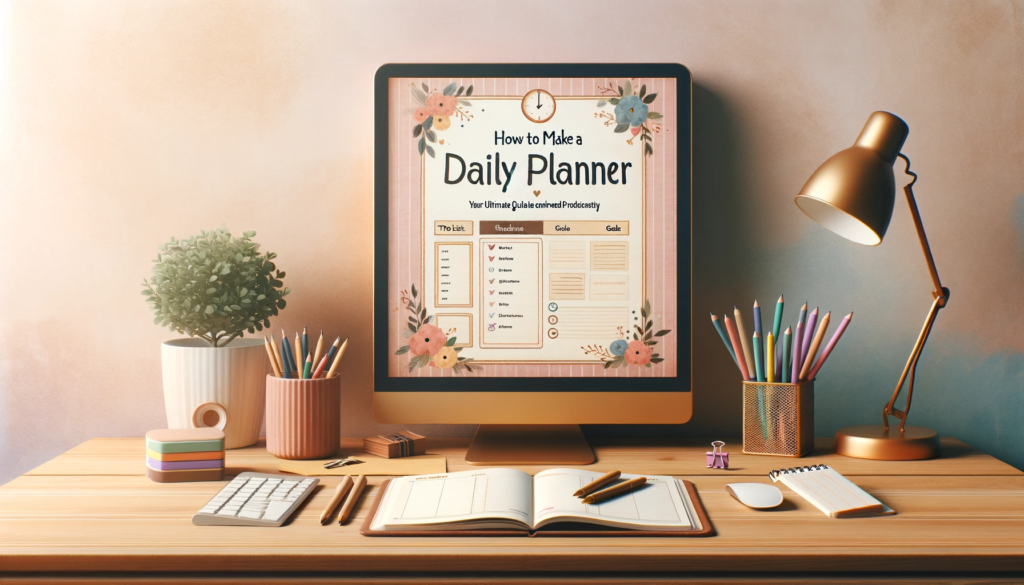
Crafting the perfect daily planner involves several key steps to ensure it meets your unique needs and preferences. Here’s a step-by-step guide on how to make a daily planner:
Step 1: Define Your Planning Needs
Before you start crafting your daily planner, it’s crucial to pinpoint your planning needs. Identify what you want to track, whether it’s appointments, tasks, goals, habits, or all of the above. Your specific needs will shape the structure of your planner.
Step 2: Choose Your Format
Decide on the format that suits you best. You have three main options: paper, digital, or hybrid planners. Each format caters to different planning styles and preferences, so choose the one that aligns with your lifestyle.
Step 3: Design the Layout
For paper planners:
If you opt for a paper planner, you can either design a custom layout or use pre-made templates. Here are the essential elements to include:
- Date and Day
- To-Do List
- Schedule
- Notes Section
- Goal Tracker
Customize the layout to match your planning style and requirements.
For digital planners:
For digital planners, select an app that offers customization options if you’re comfortable designing your layout. If not, choose a pre-designed layout that suits your needs.
Step 4: Add Personal Touches
Make your daily planner uniquely yours by adding personal touches. Here are some ideas:
- Experiment with different colors to make it visually appealing.
- Incorporate stickers or icons to highlight important items.
- Include inspirational quotes to keep you motivated and focused.
For digital planners, play around with various fonts and backgrounds to create a planner that resonates with your style.
By following these steps, you’ll be well on your way to creating a daily planner that’s not only functional but also personalized to enhance your daily planning and productivity.
Tips for how to make a daily planner
When it comes to discovering how to make a daily planner truly effective, several key tips can help you optimize your planning process:
- Realistic Time Management: To craft a daily planner that works, it’s essential to be realistic with your time. Avoid the common pitfall of overscheduling and recognize your limits. Incorporate buffer times for unforeseen tasks to ensure a balanced and achievable schedule.
- Task Prioritization: Effective planning hinges on prioritizing tasks. Employ techniques like the Eisenhower Box to categorize your to-do list based on both urgency and importance. This approach empowers you to focus your energy on what truly matters.
- Daily Review and Reflection: A vital step in making your daily planner work for you is the practice of daily review and reflection. By evaluating your accomplishments at the end of the day and reassigning incomplete tasks, you refine your planning process and set the stage for more productive days ahead.
- Consistent Usage: The cornerstone of an effective daily planner is consistent usage. To unlock its full potential, integrate your planner into your daily routine. This habit ensures that your planner becomes a reliable tool for managing your time and tasks effectively.
By incorporating these tips into your daily planning routine, you’ll be well on your way to creating a daily planner that enhances your productivity and organization, helping you make the most of each day.
Incorporating a Daily Planner into Your Routine
Incorporating a daily planner into your routine can greatly enhance your productivity and organization. By having a designated space to jot down your tasks, appointments, and goals for the day, you can effectively manage your time and ensure that you stay on track. A daily planner allows you to prioritize your tasks and allocate time slots for each activity, reducing the chances of forgetting important commitments. Additionally, it provides a visual representation of your schedule, helping you to visualize your day and make adjustments accordingly. By using a daily planner consistently, you can not only increase your efficiency but also reduce stress and overwhelm by having a clear plan in place. It serves as a valuable tool for keeping your life in order and staying focused on your objectives.
Incorporating a Daily Planner into Your Routine: Establishing a Habit
Integrating a daily planner into your daily routine is a pivotal step in mastering the art of organization and time management. The process begins by cultivating a habit that revolves around the regular use of your daily planner. Here’s a comprehensive guide on how to make a daily planner an indispensable part of your daily life:
1. Start with Consistency
To seamlessly incorporate a daily planner into your routine, start by choosing a consistent time each day for planner utilization. For instance, consider dedicating a few minutes in the morning to outline your day’s tasks and priorities. Alternatively, you can opt for an evening routine where you prepare your planner for the following day. Consistency is key to establishing a habit, as it sets a clear expectation for when and how you’ll engage with your planner.
2. Personalize Your Planner Time
Recognize that the ideal time to use your daily planner may vary depending on your lifestyle and preferences. Some individuals find that planning their day in the morning helps them kickstart their productivity, while others prefer evening planning to unwind and mentally prepare for the next day. The key is to select a time that aligns with your natural rhythm and daily commitments, making it easier to integrate planner usage seamlessly.
Adjusting Your Planner as You Go
As you embark on this journey of daily planner incorporation, remember that adaptability is a fundamental aspect of effective planning. Your requirements, priorities, and schedules may evolve over time. Therefore, it’s crucial to remain flexible and open to adjusting your plan to meet your changing needs. The ultimate goal is to craft a planner that seamlessly complements your unique lifestyle and enhances your daily productivity.
3. Reflect and Revise
Regularly reflecting on your planner’s usage is a vital part of the process. Take a moment to assess how well your planner aligns with your goals and daily activities. Are there sections or features that you find particularly useful? Are there areas that could benefit from improvement or customization? By consistently revising and fine-tuning your planner, you ensure that it remains a valuable tool tailored to your evolving requirements.
4. Customize Your Planner
Remember, your daily planner is a blank canvas waiting for your personal touch. Don’t hesitate to customize it to suit your preferences and needs. Add colors, stickers, motivational quotes, or other elements that inspire and motivate you. Incorporate sections that cater to your specific goals and habits. Your planner should be a reflection of your personality and a source of motivation as you navigate your daily tasks and aspirations.
Incorporating a daily planner into your daily routine is a transformative journey that enhances your organization, time management, and overall productivity. By establishing a consistent habit, personalizing your planner, and remaining adaptable as your needs change, you’ll craft a daily planning tool that empowers you to seize each day with intention and purpose.
Conclusion
Mastering how to make a daily planner that caters to your unique needs is a pivotal step toward elevating your productivity and organizational skills. Whether you choose a paper, digital, or hybrid planner, the essence lies in its consistent integration into your daily life. This practice not only helps you manage your daily tasks but also propels you towards achieving your long-term ambitions. Remember, the ideal planner resonates with you and adapts to your evolving needs. Embark on creating your personalized daily planner today and pave your path to a more organized, productive life.

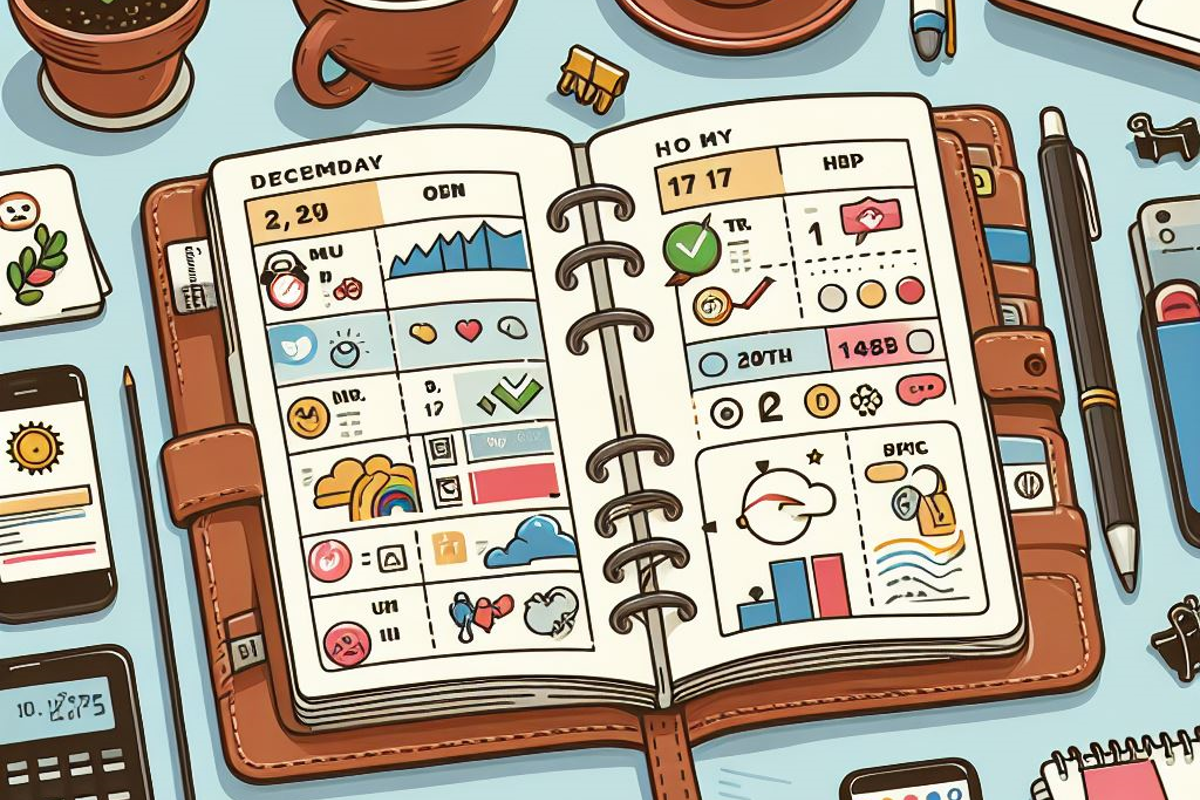

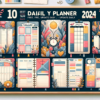
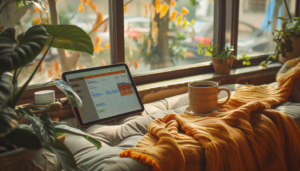

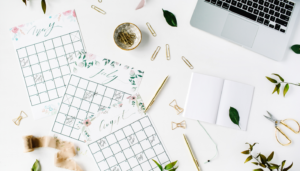

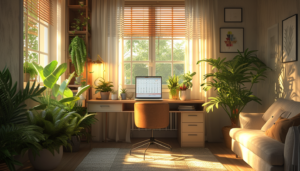
Leave a reply